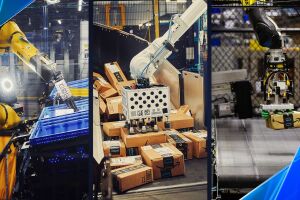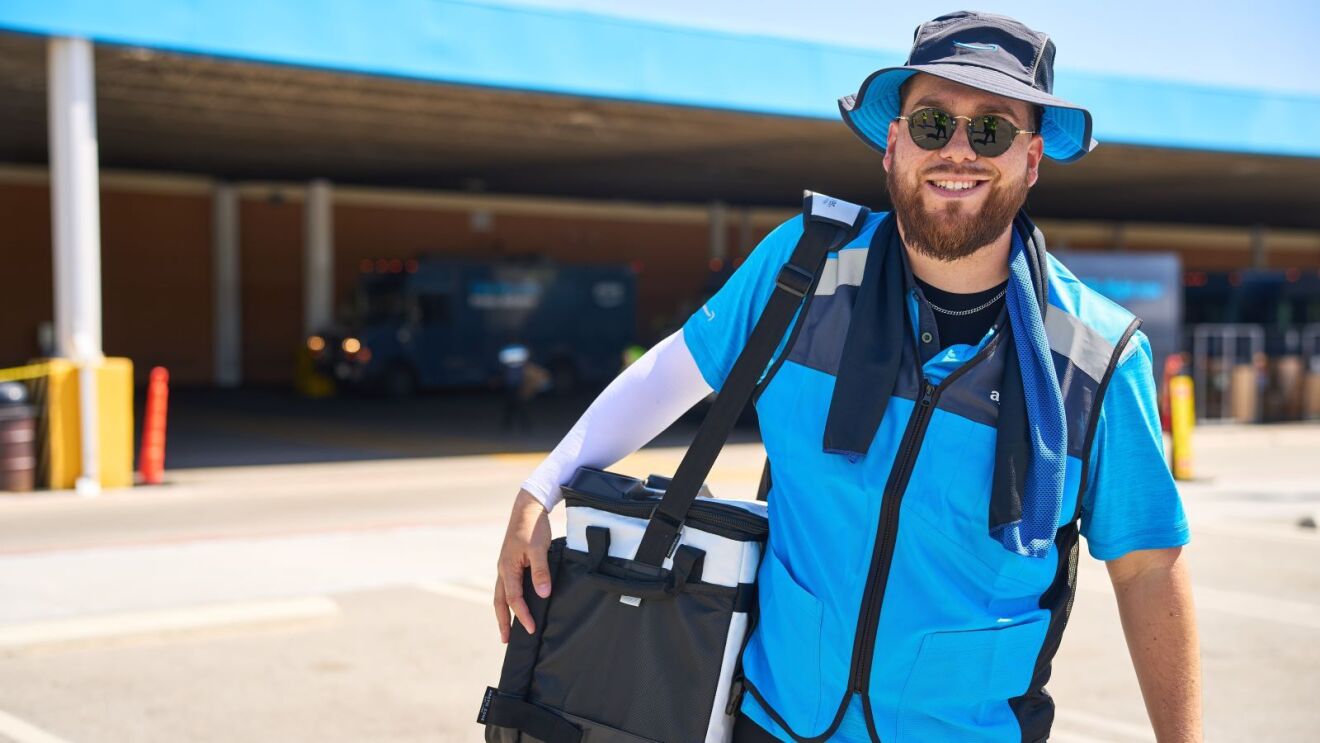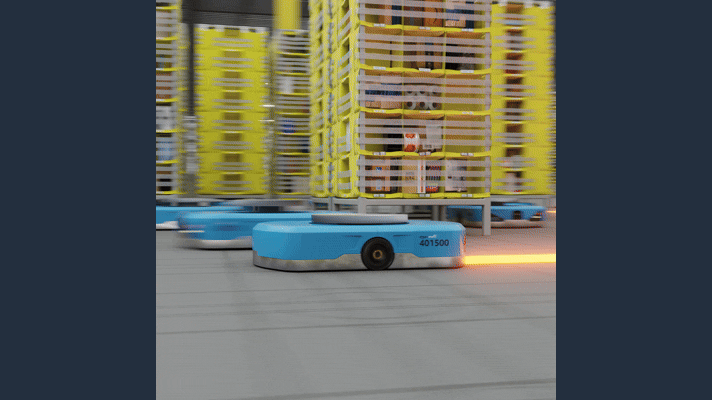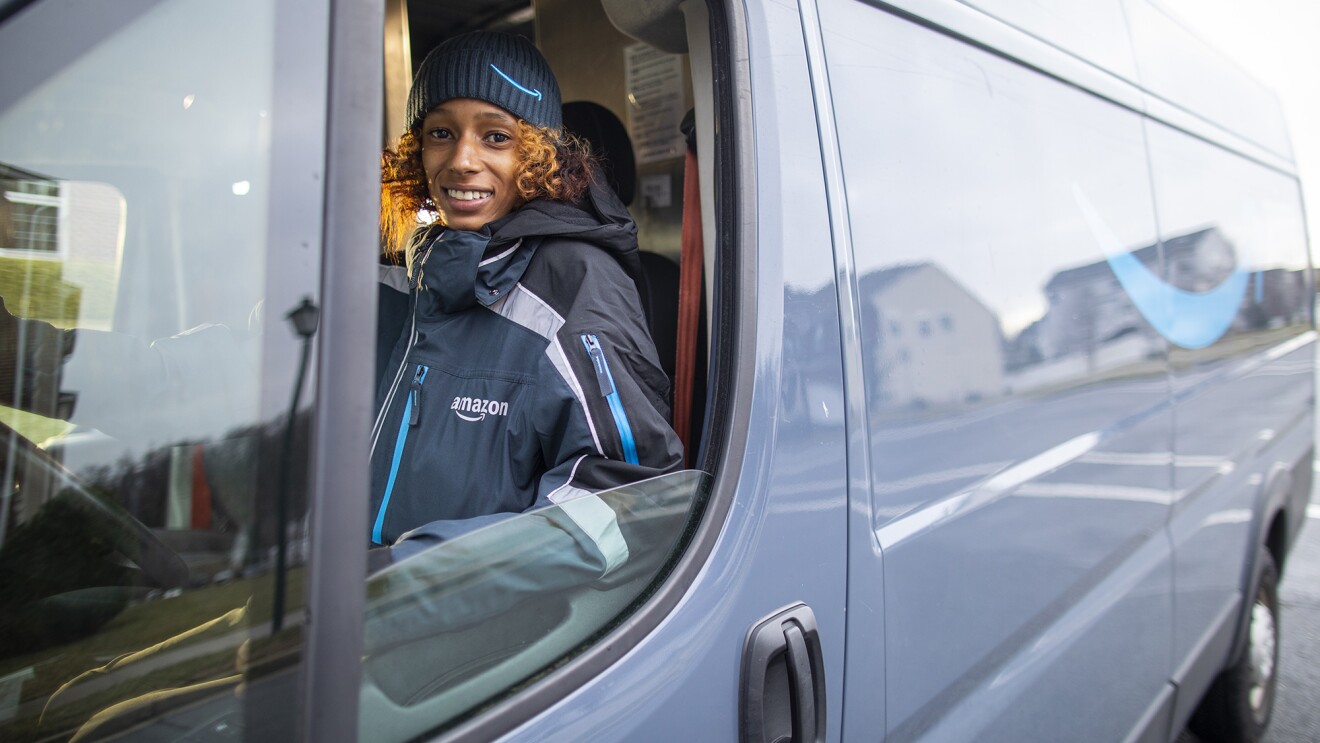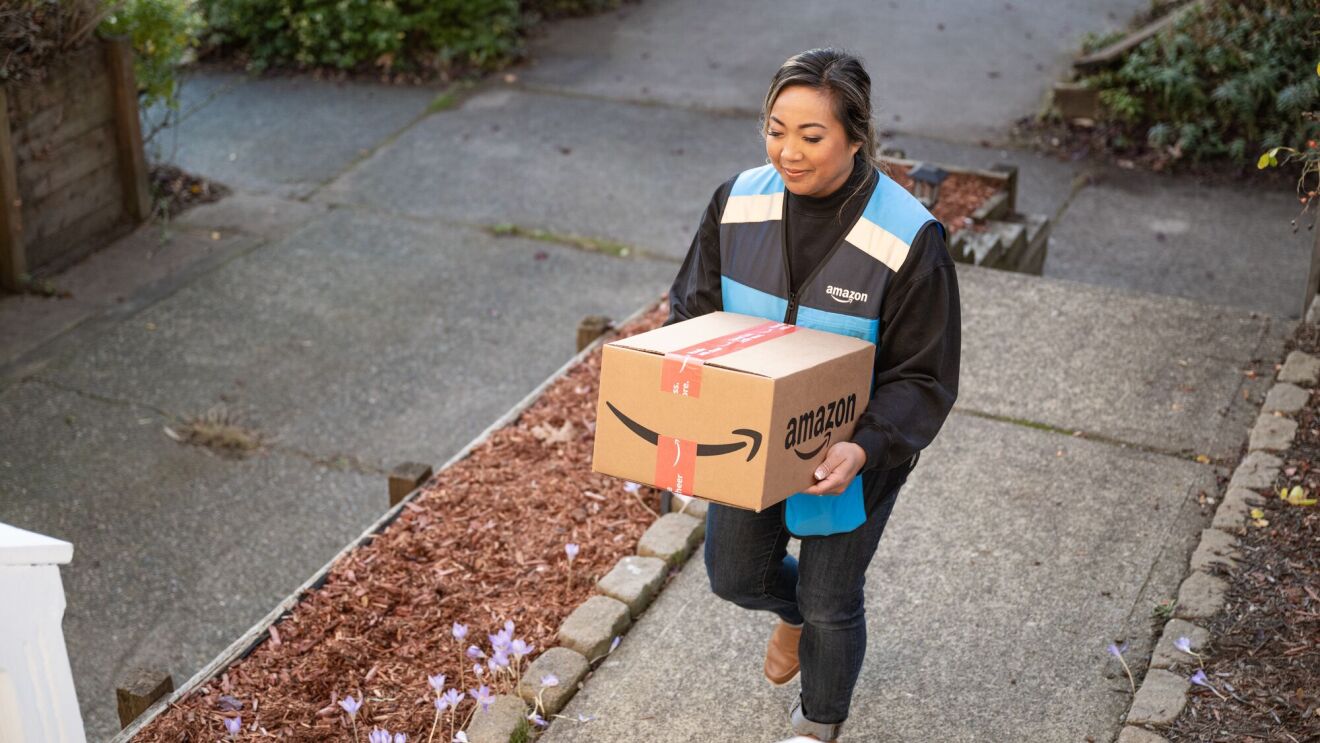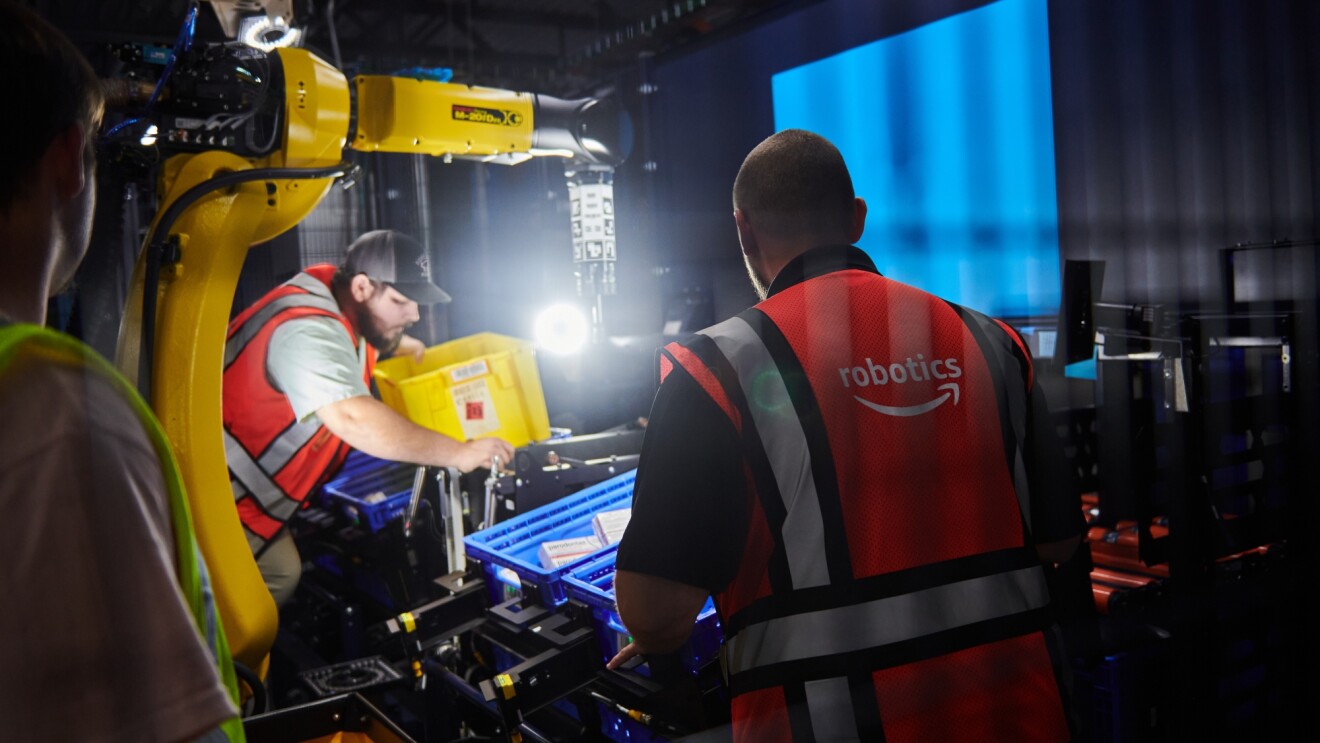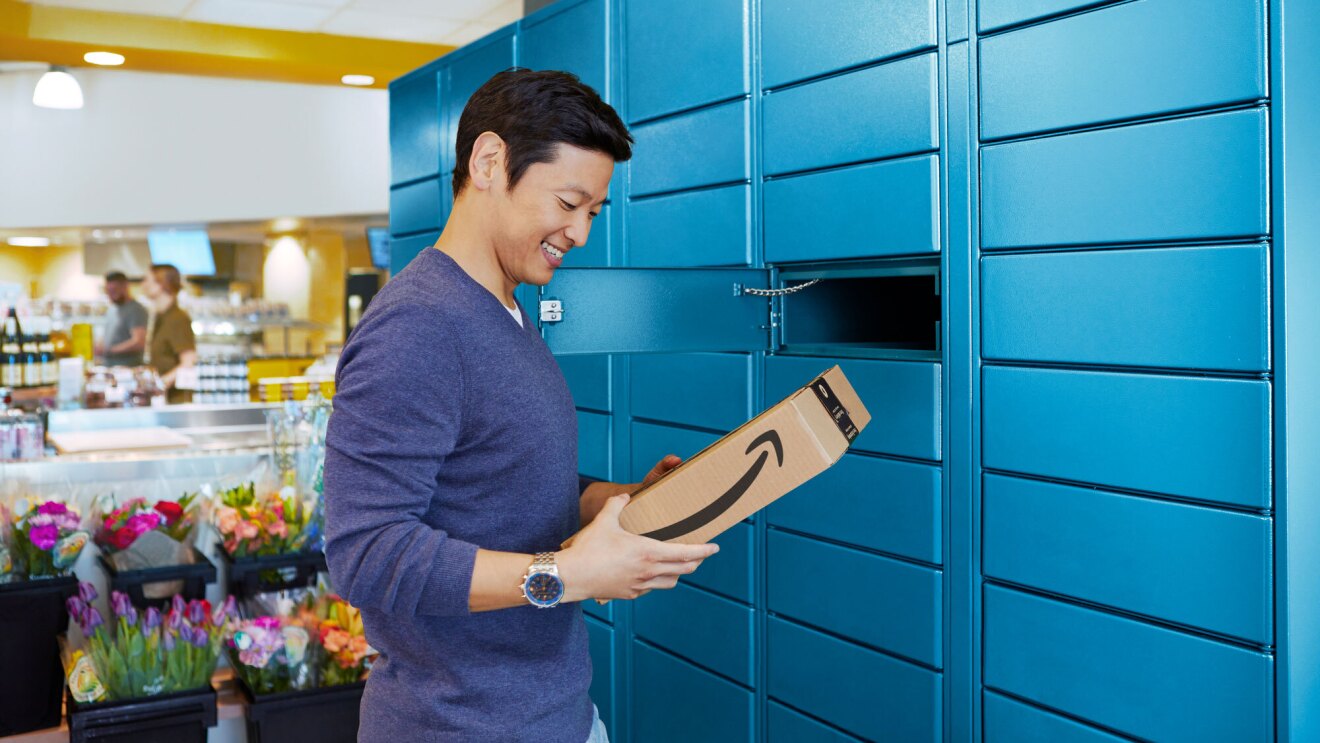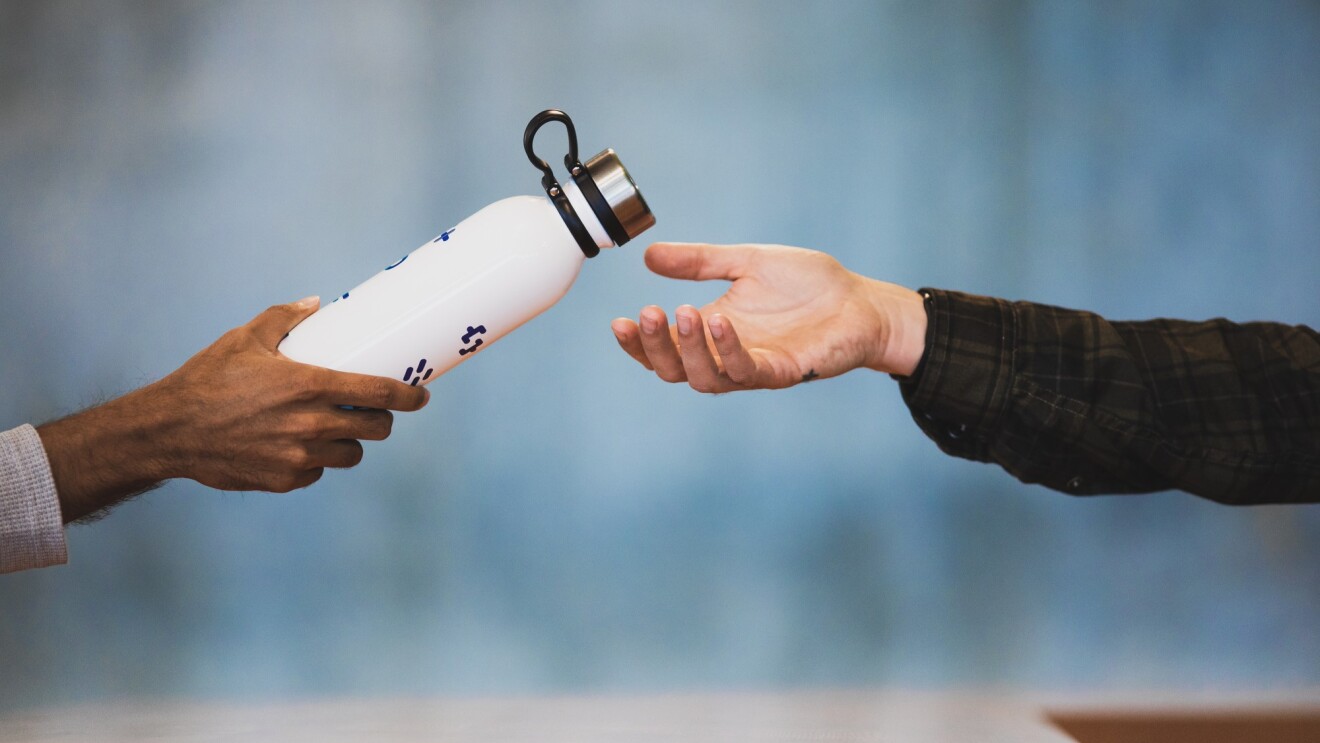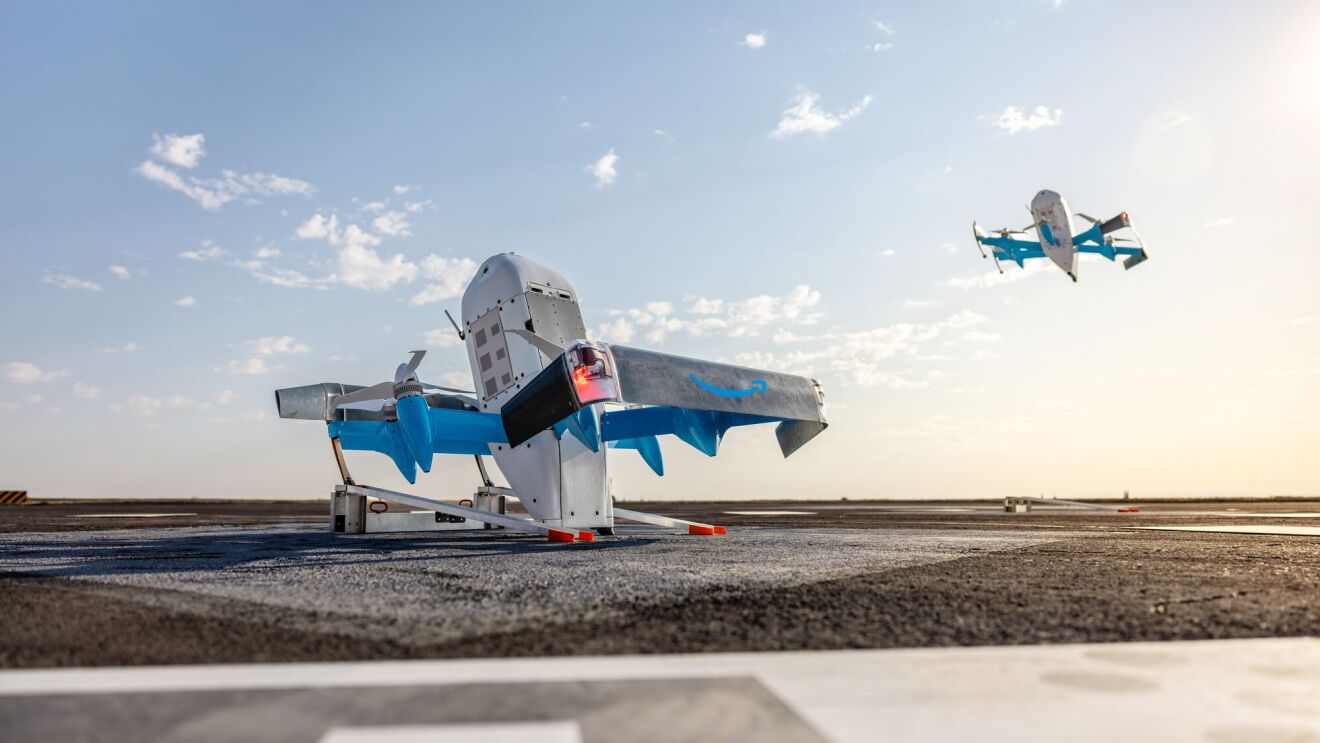When Amazon first started selling books in 1995, we were working in a garage. Fast-forward to today, and fulfillment centers across our global network are powered by advanced technology and AI. Over the years, we’ve built and scaled the world’s largest fleet of industrial robotics that ease tasks for employees and improve operational safety while creating hundreds of thousands of new jobs along the way.
Today, we enter a new frontier with the introduction of the largest advancement in robotics and AI technologies deployed in our operation’s history. Located in Shreveport, Louisiana, our next-generation fulfillment center brings together years of innovation under one roof. The site transforms the way we will work and sets a new standard for efficiencies in the industry.
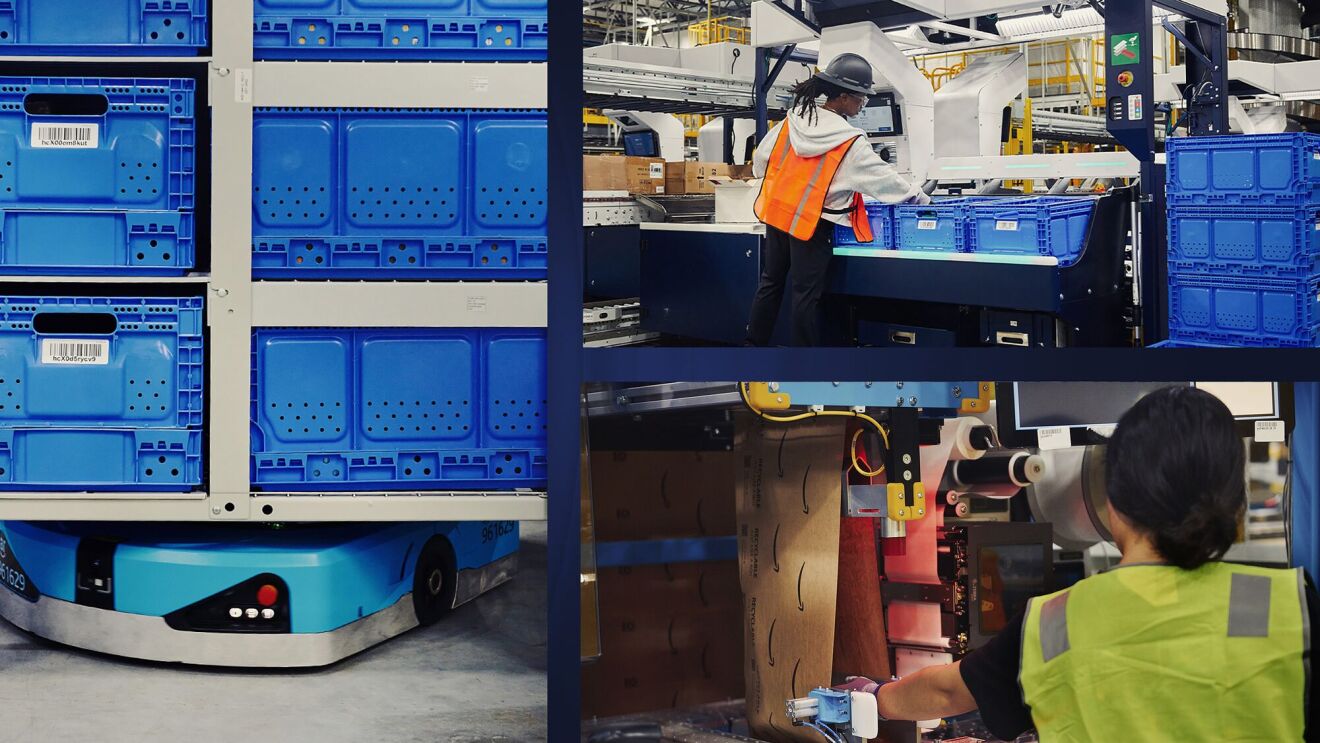
This facility spans five floors and more than 3 million square feet—equivalent to 55 football fields—making it one of Amazon's largest sites. It will employ 2,500 employees once it’s fully ramped up.
For the first time, we have introduced technology solutions in all key production areas at the site, meaning our employees will work alongside our growing fleet of robotic systems seamlessly in a way that wasn’t possible until now.
At the center of the facility is Sequoia, a state-of-the-art multilevel containerized inventory system that makes it faster and safer for employees to store and pick goods. In our next-generation facility, Sequoia can hold more than 30 million items, making it five times bigger than our first deployment of this system in Houston, Texas, and helping us store products closer to customers for faster deliveries.

The system coordinates the efforts of thousands of mobile robots and a suite of robotic arms to bring items to employees at ergonomic workstations, where they can do all their work with more comfort and safety in their power zone, between mid-thigh and mid-chest.
Once customer orders are picked, a series of new systems help them move through our next-generation site more swiftly so they can be packed for delivery. Our Packaging Automation optimizes the packaging process while also that are curbside recyclable.
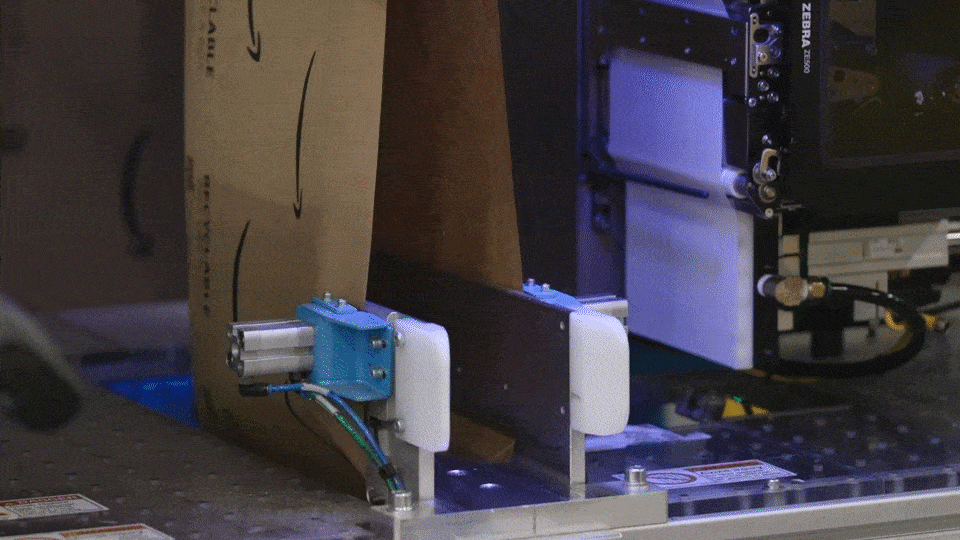
Our latest version of Sparrow can now handle over 200 million unique products of all different shapes, sizes, and weights. It uses advanced computer vision and AI systems to make it the most versatile and reliable robotic arm in the industry we’ve seen.

Proteus, our first fully autonomous mobile robot, effortlessly navigates carts of packages to our outbound dock so they can be loaded into trucks, while safely moving around employees in open spaces.

These technologies and the many thousands of other robotics systems also in use at Shreveport bring to life our vision for collaborative technology.
This vision is centered on innovation that supports our employees, enhances operational safety and sustainability, and enables us to deliver faster, more efficiently, and more responsibly for our customers.
Technology that benefits employees and customers

Technology in our next-generation sites unlock meaningful new benefits for our employees and customers. Systems like Sequoia, Cardinal, and Proteus will play an important part in supporting our company-wide safety objectives. We expect these sites to meaningfully build on the over 30% improvements in safety we’ve made over the last several years by improving the ergonomics and reducing the amount of heavy lifting across these facilities.
As we deploy this new generation of robotics across our network, we expect our headcount to continue to grow and we’re really excited by how this technology also creates more opportunities for skilled jobs. In fact, our next-generation fulfillment centers and sites with advanced robotics will require 30% more employees in reliability, maintenance, and engineering roles.
These skilled jobs often require certifications, which we support through our Career Choice program, offering employees the opportunity to pursue them at no cost. Our mechatronics and robotics apprenticeship provides hourly wages up to 40% higher than entry-level roles, underscoring our commitment to advancing employee careers.
According to recent research by MIT, opportunities like these lead employees to embrace new technology and see the benefits they offer as we prepare for the future of work.

Our commitment to delivering faster for customers never stops, and our next-generation facilities will play a key role in making this happen. Within these sites, we've reduced fulfillment processing times by up to 25%, enhanced shipping accuracy, and increased the number of items available for Same-Day and Next-Day Delivery.
Amazon's most advanced fulfillment center is a major leap forward, but this milestone is only one chapter in the broader story of our next wave of robotics and AI innovation.
This new generation of robotic systems were not just built to go into new buildings; they were engineered for seamless integration across our existing buildings as well. This allows us to modernize our entire network, accelerating the widespread positive impact of this technology and driving efficiency at scale more rapidly than ever before.

During peak delivery seasons, we’re aiming to drive a 25% improvement in our cost to serve at our next-generation facility. These are savings we can pass on to our customers.
As we continue to accelerate how we use AI and robotics to reimagine logistics, we believe the scale and impact of our innovation will only grow. The future of our work begins now.
Trending news and stories


